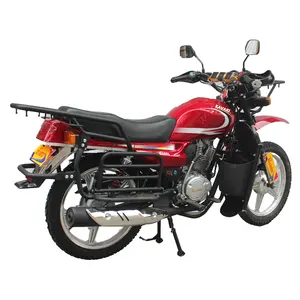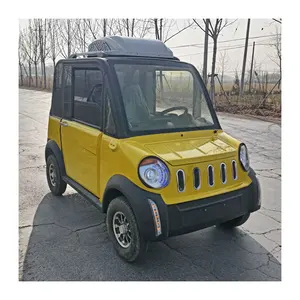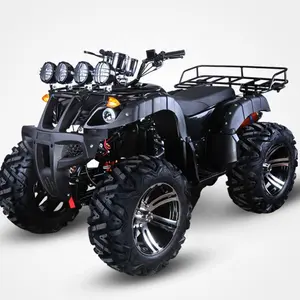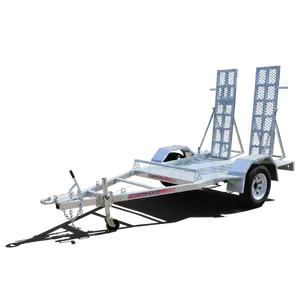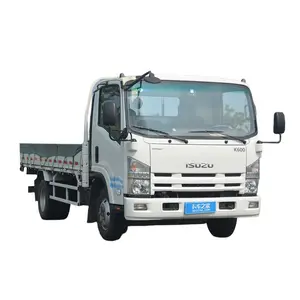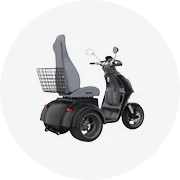Popular in your industry













































































Top categories
About recovery tow trucks
Good roadside assistance is only made possible through the use and availability of viable recovery tow trucks. For the convenience of buyers, Alibaba.com offers reasonable purchase options of wholesale recovery tow trucks. These come to be stocked by some leading wholesalers from all around.
Amongts the recovery tow trucks, the most in-demand product these days is a truck wrecker for heavy-duty towing. In case of a car breakdown or a roadside accident, vehicle towing services are required to move the car away from the site to facilitate the normal passage of traffic so as to not obstruct its flow. Tow trucks work by fitting brackets in between the wheels of the car. They are expected to be quite strong and powerful so as to pull the car safely.
There are different categories of two trucks available. Their categorization is dependent on the degree of vehicle damage during an accident. These include flatbed tow truck, integrated tow truck, hook and chain tow truck and wheel lift tow truck. They are also divided into light-duty tow trucks, medium-duty tow trucks and heavy-duty tow trucks. The different categories of tow trucks also help vary the time needed to tow the car with the truck for transport. Some take very little to no time, but others do require effort and substantial time, especially in the case of heavy vehicle transport.
